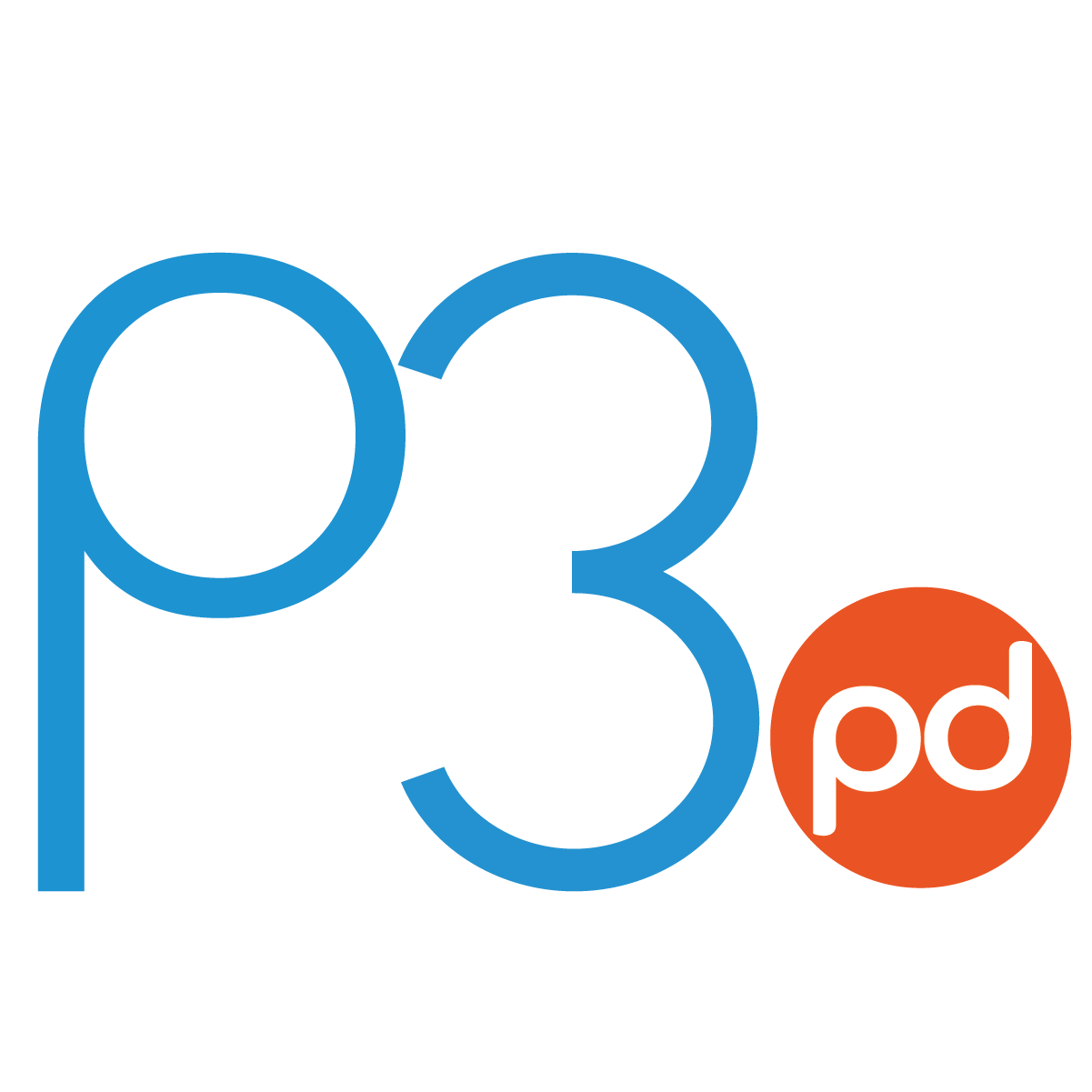Sterilization Guide for Microfluidic Medical Devices
Phase 3 Product Development teamed up with Parallel Fluidics to bring you this guide on Sterilization for Microfluidic Medical Devices
While more and more microfluidic devices are making their way from the lab and into hospitals and clinics, including products for point-of-care diagnostics, sepsis detection, cancer screening, and nano drug delivery, many developers are struggling to make the jump from lab-based prototyping to commercial production. Hurdling the regulatory requirements of the FDA is a major part of making that jump.
While there are significant technological differences among products, microfluidics occupies a unique space in the realm of medical devices. In recognition of this unique technology and the potential for unique regulatory considerations, the FDA does have a research program to study microfluidics-based medical devices. The program is through the CDRH’s Office of Science and Engineering Laboratories.
Despite this program and the increasing use of the technology, there are still no FDA-recognized standards, regulatory tools, or published guidance documents specific to microfluidics to aid developers in navigating the regulatory gauntlet. Until there is, microfluidic devices will be treated identically to their macro level counterparts. A regulatory challenge that may diverge significantly from laboratory development practices is Sterilization and Validation.
Sterility Sterility Assurance Level (SAL)
The standard for all terminally sterilized medical devices, except those only in contact with intact skin, is a Sterility Assurance Level of 10 -6, which means a probability of not more than one viable microorganism in 1,000,000 sterilized devices.
Methods of Sterilization
The FDA has an issued guidance on “Submission and Review of Sterility Information in Premarket Notification (510(k)) Submissions for Devices Labeled as Sterile.” Per the guidance, the FDA considers there to be two categories of sterilization methods used in manufacturing settings: Established and Novel.
The established methods are further divided into two categories: A and B. From the document:
“Established Category A: These are methods that have a long history of safe and effective use as demonstrated through multiple sources of information…. For established methods such as dry heat, EO, steam, and radiation, there are voluntary consensus standards for development, validation, and routine control that are recognized by the FDA.”
AAMI/ISO 11137 in its multiple parts is the consensus standard for dry heat, EO, steam and radiation (e-beam and gamma) sterilization. Hydrogen peroxide (H2O2) has recently moved into Category A with the publication of ISO 22441:2022 – Sterilization of Healthcare Products.
Again, from the document:
“Established Category B: There are other established methods for which there are no FDA-recognized dedicated consensus standards, but for which published information on development, validation, and routine control is available….”
Ozone (O3) is an example of a Category B method.
In the words of the FDA: “Novel Sterilization Methods: … are newly developed methods for which there exists little or no published information, no history of comprehensive FDA evaluation of sterilization development and validation data through an FDA-cleared 510(k) or approved PMA for devices sterilized with such methods, and no FDA-recognized dedicated consensus standards on development, validation, and routine control….”
The established methods of sterilization are robust ways to ensure device sterility. However, the cost and effort required to set up these processes can be prohibitive in the early stages of device development when tests must be conducted as quickly as possible. The microfluidic community often turns to other methods of sterilization that would fall under the “Novel” category. UV exposure, plasma treatment, and ethanol or isopropanol rinsing can sterilize a device quickly in the hands of a skilled user. But, validation of any of these processes to the satisfaction of the FDA would present a high bar.
Sterilization strategy for commercial products
Commercialization of microfluidic devices is difficult enough without traveling outside the norms of sterilization methods. We highly suggest that selecting an established method, for which there is a consensus standard, is on the least painful path to regulatory approval.
Let’s take a quick, broad look at these Established Category A sterilization methods and how they might apply.
Heat Sterilization
Dry Heat sterilization takes place in an oven with temperatures from 150°C to 170°C from 60 to 150 minutes with the lower the temperature the longer the time.
Steam sterilization takes place in an autoclave at temperatures between 121°C and 134°C, under 15-30 psi pressure, for between 10 and 60 minutes.
Dry heat and steam sterilization are limited in their utility for most thermoplastic microfluidic devices. The glass transition temperature (when a polymer shifts from a glassy state to a viscous, rubbery state) for transparent polymers such as COP, COC, PC, PMMA is in or below the temperature range required for heat sterilization. While a device may not melt at these temperatures, features will deform and plastic bonds can break down, leading to a decrease in performance or complete failure.
Chemical-based Sterilization
There are two chemical-based established methods, EO (EtO) and (H2O2).
Ethylene Oxide parameters include a gas concentration of 450 to 1200 mg/l, temperature of 37-63°C, relative humidity of 40-80% and an exposure time of 1-6 hours.
Hydrogen Peroxide Gas Plasma is a vapor that operates at temperatures between 37-44°C with a cycle time of about 75 minutes.
Both the above methods operate at much more material friendly temperatures; however, Ethylene Oxide does leave a residue which may disrupt device chemistry. Hydrogen Peroxide may also leave a residue and may have difficulty penetrating capillary sized channels.
Radiation Sterilization
The remaining established methods with consensus standards are Gamma and E-beam irradiation. Both are safe, reliable, highly effective, and widely accepted.
The effective sterilant in Gamma Irradiation are high energy photons generated by the decay of cobolt-60. Gamma is characterized by deep penetration and a low-dosage rate.
The beam in E-beam is a concentrated, highly charged stream of electrons generated by accelerators. E-beam is characterized by low penetration and high-dosage rates. It has generally smaller degradation effects on materials due to shorter exposure times; seconds or minutes versus hours for gamma.
Radiation has no issue penetrating the micron and sub-micron channels of microfluidic channels and it leaves no residues. While it is safe for a wide range of materials, including polymers, it is always prudent to verify compatibility as early as practical.
A source for verifying material compatibility with any of the established sterilization methods is AAMI TIR17:2017 Compatibility Of Materials Subject To Sterilization.
It is hard to overemphasize the importance of identifying a sterilization method early in development. Pushing it off could leave you having made material and process decisions that preclude a viable means of sterilization and send you backwards.
Packaging
An essential component of the validation process is the sterile barrier packaging. You must validate, not only that the device is sterile, but that the device will remain sterile throughout its handling and transportation to the user and throughout its stated shelf-life. The compliance standard is ISO 11607-1:2019 Packaging for terminally sterilized medical devices – Part 1: Requirements for materials, sterile barrier systems and packaging systems.
The packaging may also have implications for the device design. Sharp edges and features that could penetrate the sterile barrier could cause failures during transportation and handling.
Path to Validation: An Example Using E-Beam Sterilization
E-beam sterilization is likely an effective method for most microfluidic devices. It will be used here to present a simplified outline of the steps involved in the validation process. Again, this is but a brief introduction and you are encouraged to dive deeper into other resources.
The first thing to note is that with radiation sterilization a consistent dose cannot be applied to all parts of all devices being irradiated together. Parts closer to the beam will receive a higher dose than parts farther away or behind other components. For that reason, the validation must establish an acceptable dose range. For E-Beam the ratio of max to min dose should be a minimum of 2:1.
Steps in the validation process include:
Develop the validation protocols. AAMI/ISO standards will be your guide to delineate the process, methods, and acceptance criteria.
Measure the bioburden. Put simply, to determine the dose required to destroy the existing microorganisms you need to understand how many are there. Generally, samples from 3 different manufacturing lots are analyzed by a microbiology lab.
Select the sterilization dose. This will be based on the bioburden and the selection method specified in the protocol.
Verify and confirm the sterilization dose. Irradiate the samples and test for sterility to determine the minimum required dose.
Determine the maximum sterilization dose. Select a dose, or range of doses, well above the known or anticipated low dose and irradiate samples. Test these samples for package integrity and functionality and performance. You want to know how high a dose you can use and still have an acceptable product. The ideal dose range will then be somewhat higher than the established low dose and somewhat lower than the determined max dose, and still be at least a 2:1 ratio.
Determine the device’s shelf life. This is the length of time a product may be stored without becoming unfit for use or sale. Accelerated and real time aging are used to demonstrate the shelf-life of both the device and the sterile packaging. Short term storage at an elevated temperature has been proven to simulate longer term storage at room temperature. Real time aging must also be used to verify the accelerated aging, and all samples must be sterilized at the maximum dose.
Complete packaging validation. This step will verify the integrity of the sterile barrier after aging and through transportation testing.
Complete the sterilization validation reports. A sterilization validation report, including determination of shelf life, is a required component of the FDA 510(k) submission.
Additional validation will be required in manufacturing to confirm that devices sterilized in bulk all receive a dose within the specified range. The FDA also requires that bioburden be measured, and the minimum dose be re-validated every quarter.
Sterilization validation is just one aspect of the FDA’s regulatory requirements. If this is your first effort to commercialize a microfluidic medical device, you would not be blamed for feeling a bit overwhelmed. In your effort you will find that the FDA places significant emphasis on risk management. We would suggest that the best way to manage the risk of getting through FDA approval is to partner with someone who has done it before!
About Phase Three Product Development
Phase Three Product Development is a Medical Device Product Development company specializing in the development of IVD medical devices, microfluidic devices and disposables, and electro-mechanical systems. The company also develops Lab on Chip disposables and readers for the medical device, life sciences, water quality and food safety fields.
For more information, please visit www.phase3pd.com
About Parallel Fluidics
Parallel Fluidics is a rapid manufacturer committed to lowering the barrier to entry for microfluidic design, enhancing the odds of innovations reaching the market. With its proprietary Transition Molding technology, Parallel Fluidics manufactures custom microfluidic devices in production-grade thermoplastics in as little as three days. Embedded components further support developers by providing simple solutions to the most common challenges in microfluidic development.
For more information, please visit www.parallelfluidics.com.
Submission and Review of Sterility Information in Premarket Notification (510(k)) Submissions for Devices Labeled as Sterile: This guidance document relates to the sterilization processes that the FDA recommends for devices labeled as sterile.
A source for verifying material compatibility with any of the established sterilization methods is AAMI TIR17:2017 Compatibility Of Materials Subject To Sterilization.
The websites of major contract sterilizers such as Steris and Sterigenics also provide additional context and resources.

